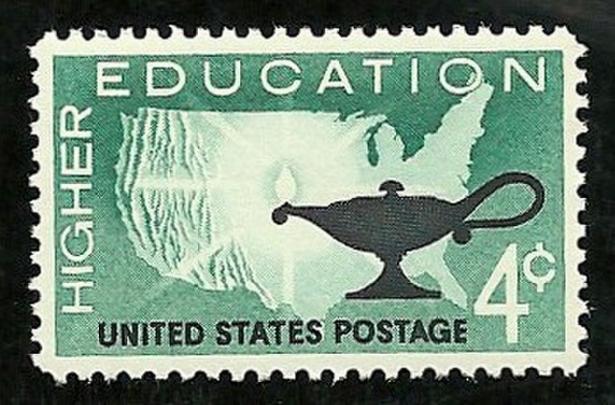New York’s public universities have been through the wringer. From funding shortfalls and staffing shortages to instability from the coronavirus pandemic, our public higher education institutions have gone above and beyond to successfully serve their students and communities despite inadequate support from the state.
This year can and must be different. With support from lawmakers and Gov. Kathy Hochul, CUNY and SUNY can once again reach the forefront of higher education, helping communities across New York tackle the most pressing challenges we face as a state. But we need leaders to step up.
CUNY and SUNY represent paths to economic stability and prosperity for hundreds of thousands of New Yorkers, but without proper investment, our institutions struggle to provide essential resources. It’s not enough for CUNY and SUNY schools to just make do — our state leaders must commit to fully funding New York’s public university systems so they can continue contributing to the success of our state.
Combined, CUNY and SUNY enroll 660,000 degree-seeking students and more than 2 million students seeking professional development or other continuing education. The impact of these universities goes beyond individual education and career development — they are also net contributors to the state economy. Approximately 80 percent of CUNY and SUNY graduates live and work in New York after completing their degrees. These alumni contribute billions annually to the state tax base. Public universities yield other dividends, including improvements to public health and civic engagement, and better life chances for the next generation.
But for more than a decade, these institutions have struggled to provide a world-class education on shoestring budgets.
Both systems suffered under former Gov. Andrew Cuomo, who oversaw tuition increases nearly every year, made necessary by the state’s lack of investment. Low- and middle-income students still received the financial aid they needed, but the Tuition Assistance Program was dramatically underfunded by the state — effectively penalizing colleges for every enrolled TAP recipient. Inflationary costs for energy, staff salaries and other mandatory needs were not funded. Budgets were slashed, and now the ranks of full-time faculty are depleted. Student support services are understaffed. Most courses are taught by part-time adjunct instructors, many of whom work multiple jobs just to make ends meet. Facilities on many campuses have suffered from years of deferred maintenance.
With the right support from elected officials, SUNY and CUNY could help New York charge ahead in finding equitable, innovative solutions to the obstacles our communities face. From industry-leading research in clean energy and energy efficiency, to groundbreaking advances in medical care and technology, to helping bridge racial and economic inequality in their local communities, these campuses help achieve New York’s ongoing mission to build a fairer, more just state for all.
More than a decade of austerity budgeting has hampered economic growth and suppressed the innovation and opportunity that comes from our campuses, our research centers, and our hospitals. Communities from Buffalo to Stony Brook to all five New York City boroughs are missing out on the creative and economic boost that fully funded public colleges and universities provide.
Unrealistic budget restraints have hindered all aspects of public education. At CUNY, the shortages of full-time faculty and mental health counselors are at crisis levels, and workloads for academic advisers are unsustainable.
False choices in health care and higher ed resources have seen the elimination of critical mission funding for SUNY’s hospitals in Brooklyn, Syracuse and on Long Island. And because of the lack of state funding, SUNY campuses have deactivated degree programs and limited availability in others.
SUNY’s highly successful Educational Opportunity Program and CUNY’s Search for Education, Elevation and Knowledge provide guidance and support services for students who could not otherwise pursue higher education. Yet because of ongoing budget shortfalls, SUNY alone turns away 6,000 students from the EOP program annually.
With increased investment from the state, we envision a future where every student can engage with full-time, job-secure faculty who have the capacity to connect and mentor. Students would have access to mental health clinics, academic advising centers without long wait lists, and modernized campuses that provide state-of-the-art tools and facilities.
The Legislature pointed toward full reinvestment in SUNY and CUNY last year when they revisited TAP and reversed the policy that punished public colleges for admitting low-income students.
Hochul can invest in a better life for people in every region of our state by fully funding SUNY and CUNY in her first executive budget. Such investments would be good for students, but they would also be good for New York, New Yorkers and the truly global community to which this great city and state contribute.
Let’s build on a powerful tradition of public higher education in New York and invest fully in CUNY and SUNY.
[James Davis is the president of the Professional Staff Congress, representing 30,000 members in the CUNY system. He lives in Brooklyn. Fred Kowal is the president of United University Professions, representing 37,000 members in the SUNY system. He lives in Warnerville.]


Spread the word